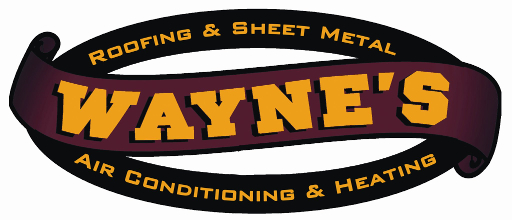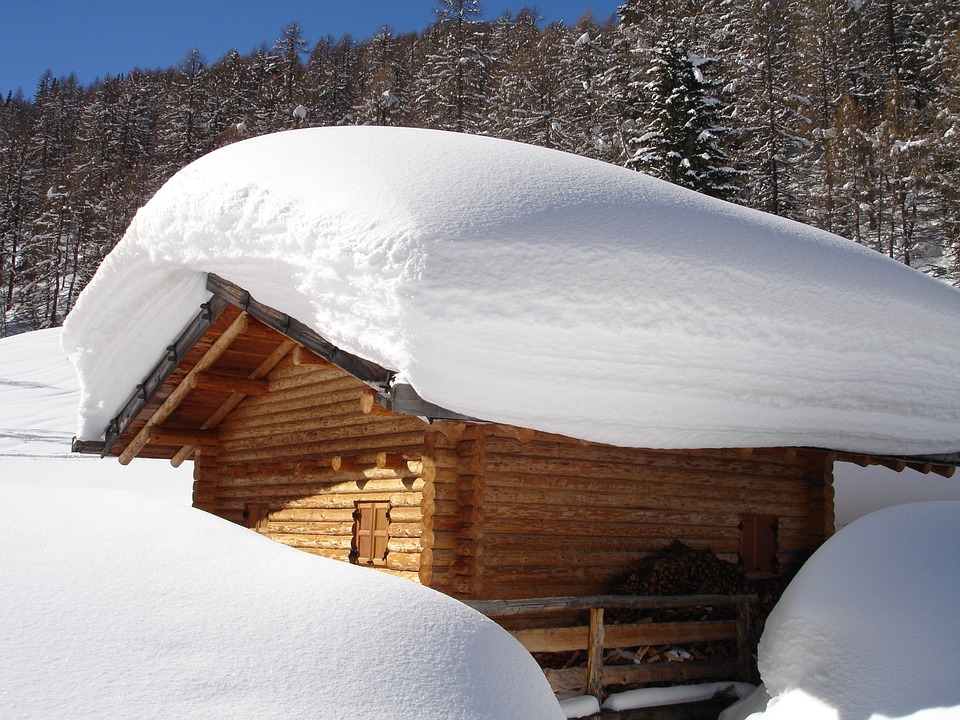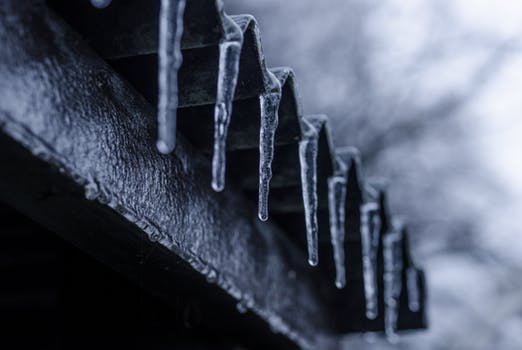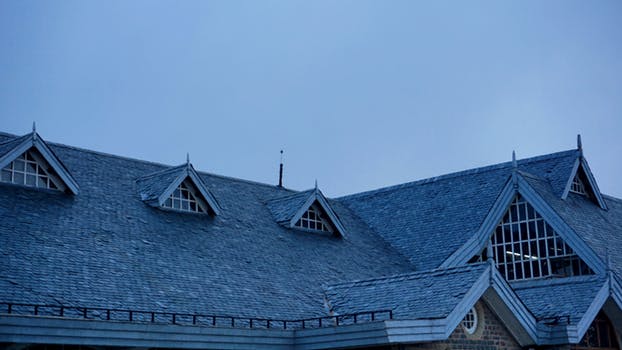How to make your roof last as long as possible
The roof of your house is probably one of the most important aspects of your home. Be it summer or winter, your roof takes the most beating than any other part of the house. Whether it’s the scorching heat of summers, the icey cold snowflakes or rain at the speed of knots, your roof will be ready to take a toll.
This means that your roof must be of good quality and it should be one of the strongest parts of your house. Despite of all this beating, how can you make sure that your roof lasts for a longer period of time? Here are ways in which you can make sure that the roof of your house stays intact for as long as possible.
Maintenance routine- a must:
What most houses lack is a maintenance routine. You might feel happy about your house and you could get a feeling that everything’s fine and you don’t need to spend anything on maintenance. Believe you me, that thought is a nightmare and its aftereffects will be clearly visible to you few years down the line.
Roof maintenance:
Maintaining the roof of your house is not even a difficult task. Roof maintenance needs to be carried out twice a year only. This means that you would only need to invest 2 out of 52 Saturdays in a year and your roof would love you for it. The ideal time for roof maintenance would be the start of Autumn and Spring seasons.
The thing that destroys your roof is moisture. Regular maintenance will make sure that your roof stays safe after bursts of heavy rainfall or snow.
Things to look out for:
Make sure there’s no debris on the surface of your roof. If there is, you need to get it removed asap. Scan the roof for any damages to the surface or any water leakage. If you find any, get them repaired. Check the gutters for any blockages. If you find any blockages that could cause hindrance in the flow of rain-water or snow, get them removed.
Try to stay off the roof:
Unless you have to, try and avoid getting on top of your roof that often. Roofs are meant for other purposes, not for climbing. So, once you try anything out of ordinary with it, you are welcoming wear and tear of a considerable level. Some roofs contain materials which help fight against any fungus or similar things.
Don’t be extra cautious:
Usually I would recommend that you clean your roof as soon as you see some snow on it. But if you don’t know much about roof cleaning, I suggest you let it be. You better leave it as it is than go up there and damage something. Or if you need it cleaned no matter what, it’s better to call a professional to do it for you.
Your house could be beautiful to look at but if you don’t take care of it, it might not look the same after a few years. The roof of your house gets you through pretty tough times. At least it deserves thorough maintenance, twice a year.










